To use stubs in junit you don't need any frameworks.
If you want to stub some interface just implement it:
interface Service {
String doSomething();
}
class ServiceStub implements Service {
public String doSomething(){
return "my stubbed return";
}
}
Then create new stub object and inject it to tested object.
If you want to stub a concrete class, create subclass and override stubbed methods:
class Service {
public String doSomething(){
// interact with external service
// make some heavy computation
return "real result";
}
}
class ServiceStub extends Service {
@Override
public String doSomething(){
return "stubbed result";
}
}

